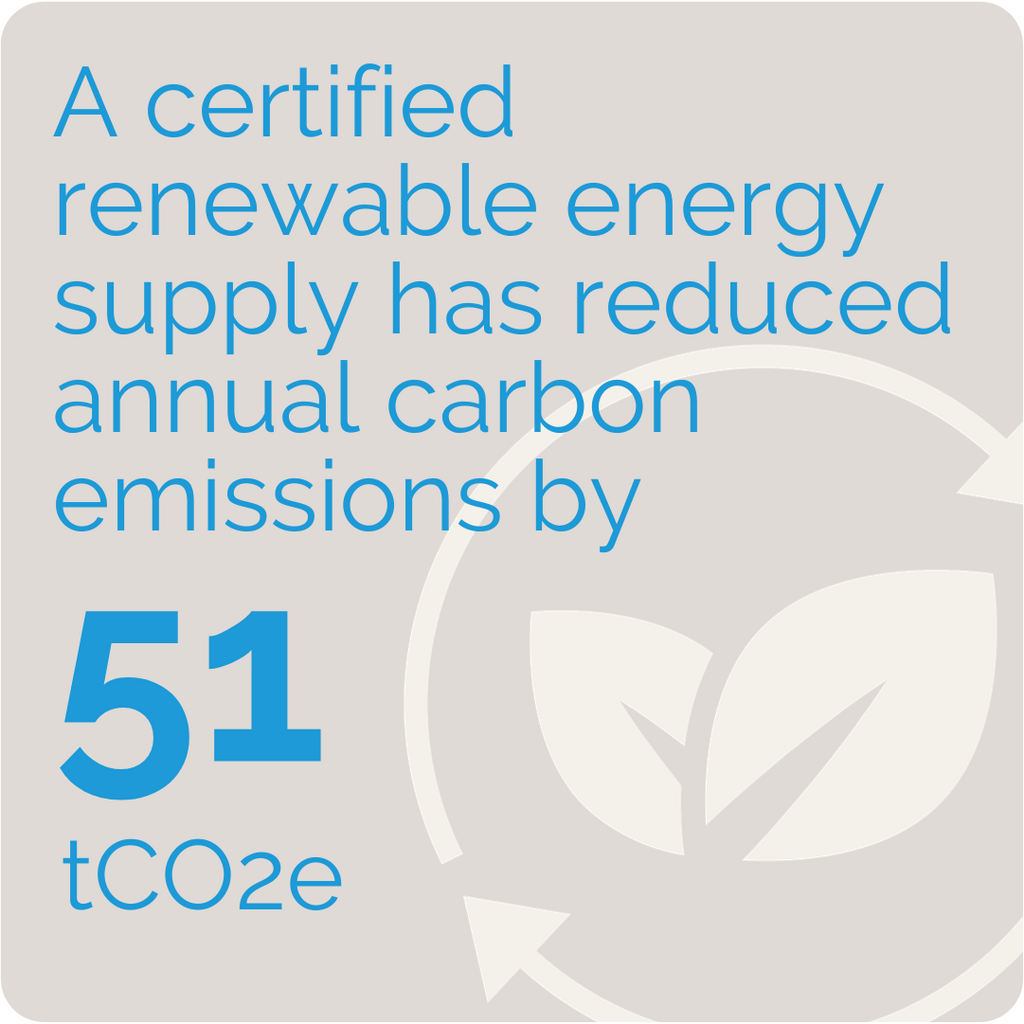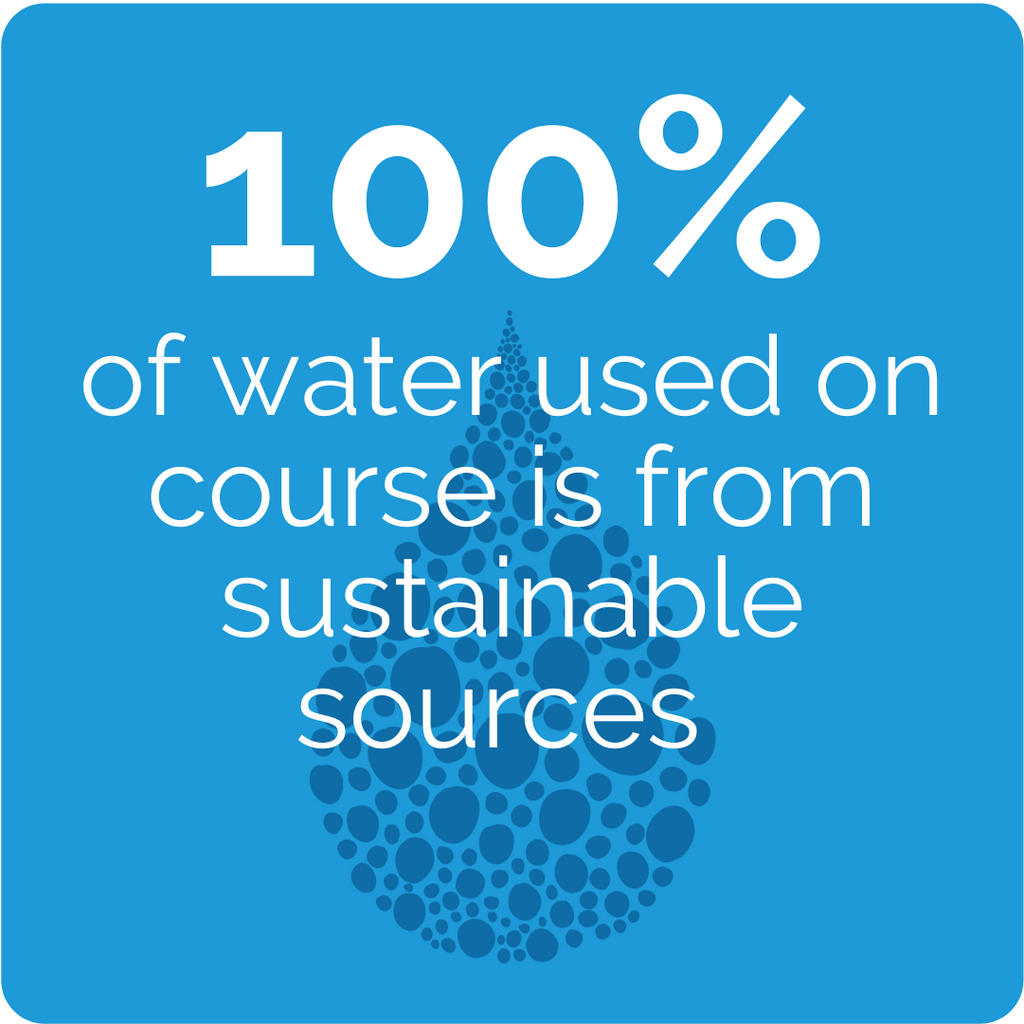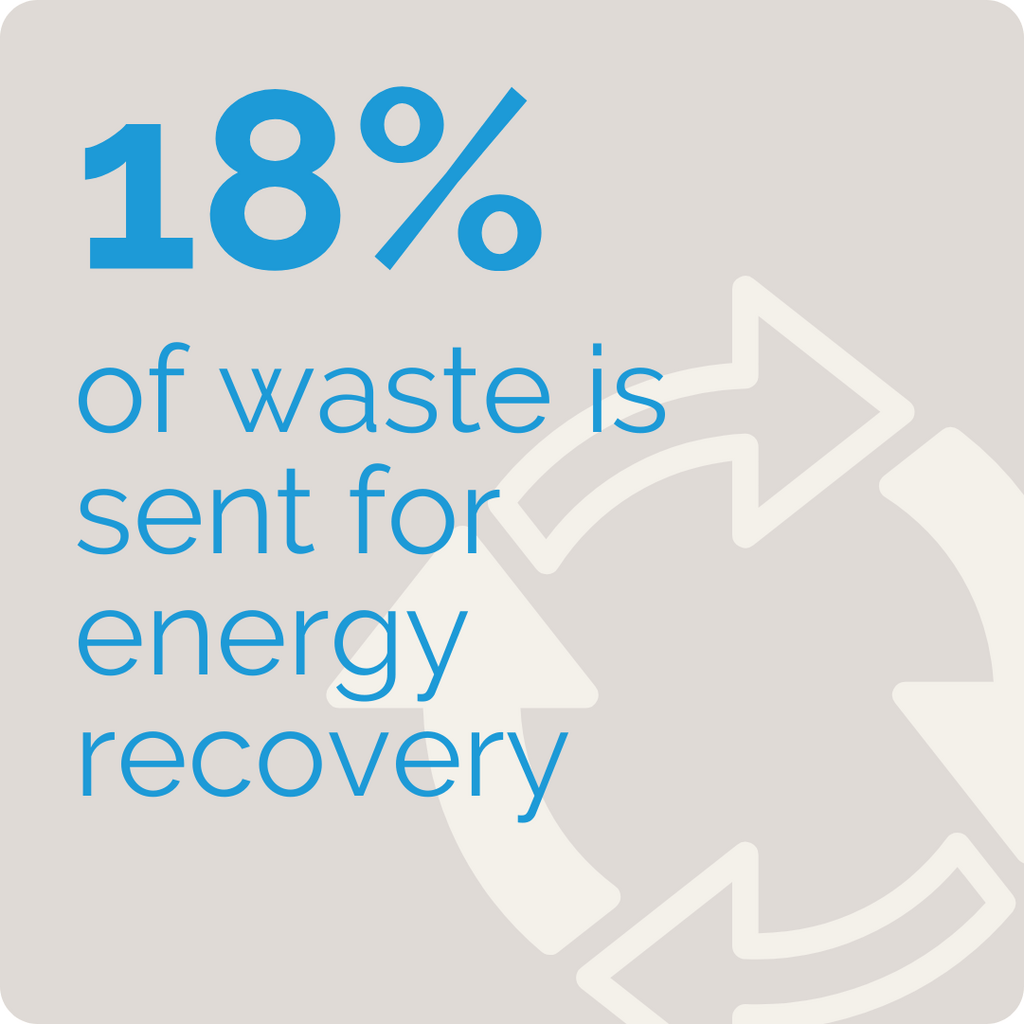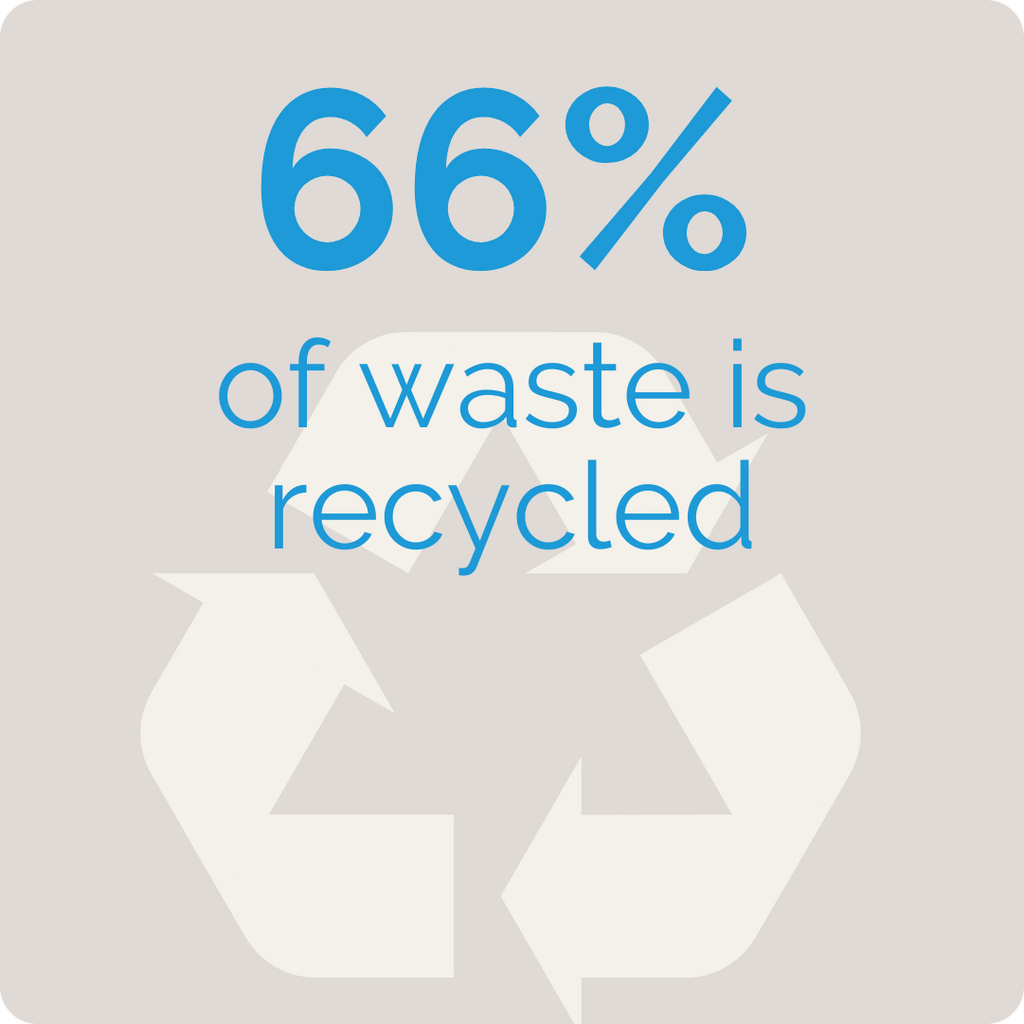Wycombe Height’s Commitments
Mark Woods has committed to 7 fundamental commitments which frame our strategy of how we will become Net Zero. For the last decade, Wycombe Heights part of the BGL Group has been a leader in sustainable golf and climate action and will continue to strive towards a greener future.
Our commitments are aligned to the Sustainable Golf Themes, Action Areas, OnCourse® tracking, Annual Scorecards and 5 yearly Certification provided by GEO Foundation (Golf Environmental Organisation) for Sustainable Golf.
We are proud to present what we have achieved so far across Energy, Water and Waste, and are committed to continuing our hard work within Sustainability and reducing the effects we have on the environment for the benefit of our employees, members, visitors and guests.


Our course and natural environment
Our courses fall within an Area of Outstanding Beauty and in June 2014 a Phase 1 Habitat Survey was conducted and mapped the various habitats identified across the site. The survey emphasized the importance of the site due to its location and proximity to the Berks Bucks & Oxon Wildlife Trust (BB&O WT) located to the North West of the course.
An Arboricultural Survey identified specimen trees and highlighted a wider site management plan to encourage native broad leaf species to blur the lines between course and the wider landscape. We are continuing to engage with local stakeholders regarding the management of our land.
Golf can be part of the solution: Our facility which has 82 tCO2e (82 tonnes of carbon dioxide equivalent) sequestration annually, has additional Natural Capital Value benefits including improving air quality, water quality, reducing air temperatures and enhancing local flood resilience in an urban landscape.


New for 2023
Electric Greens Mower
Electric greens mowers may be more expensive than Diesel or Hybrid however we know the benefits to the environment out weigh the cost, here’s just a few:
• We are substituting diesel for zero carbon electricity – reducing operational emissions and contributing to cost savings
• No hydraulic fluid which is harmful to the local habitat when absorbed into the ground
• Utilise all-electric components for traction, steering, lift and cutting – enhancing cutting performance
• Much quieter (for operators and neighbours)
In early 2023, we undertook and energy audit highlighting the potential to reduce our consumption by over 35,000 kwh/year (approximately 12 tCO2/year), which we are now in the process of implementing the recommendations of. Our transition to renewable energy started with an offsite Certified Renewable Energy supply that has reduced our emissions by over 51 tCO2e per year, a reduction equivalent to flying 15 times from London to Hong Kong, and 150,000 kms in a car!
Energy
Ultimately our goal is to be taking in more energy than we are emitting. Which we will calculate through our measurement and calculations of scopes 1 and 2 detailed below. In the short term we are reviewing the potential for the installation of solar PV and the transition to a Certified Green Gas supply to further reduce consumption and emissions.
5995 miles
35,000 kwh/year reduction is the same amount of energy as flying economy class London – Hong Kong (15 times) emitting 3.5 tCO2e per flight
93000 miles
35,000 kwh/year is also the same as driving 150,000 kms in a mid-range petrol car (based on 8.42 l/km)


Water
In 2021 we invested £350,000 to build this 12,000 meter cubed reservoir to enable us to irrigate our courses through renewable sources.

As we experience hotter, drier summers, to have the ability to irrigate our courses through sustainable sources and reduce the demands on water companies when water is needed elsewhere is extremely important to us.
Following a water resilience review started 10 years ago, water availability for turf irrigation was highlighted as a risk to our future operations. To mitigate the risk we have implemented a programme to source sustainable water and create onsite storage to avoid demand conflict with water suppliers and our community especially in times of drought.



Pollution Prevention
We ensure hazardous materials are stored in bunded containers, and dispensed on a closed loop wash pad (featured in the image), containing any spills and using recycled water to wash equipment, preventing any of the cleaning materials being absorbed into the ground effecting the local habitat.
We work closely with our licensed waste contractors to responsibly store and dispose of hazardous materials, minimising environmental impacts and taking responsibility for the final destination.
The wider benefit of our facility contributes to varies environmental factors including: improved air and water quality, reduced urban air temperatures in heatwaves, reduced surface water runoff in heavy rainfall events, a range of managed habitats hosting a variety of protected and more common species, as well as managed footpaths allowing the public and golfers to enjoy the breath-taking scenery.
Waste
Partnering with First Waste, we are in the process of acting upon the recommendations from a recent audit conducted through July and August of 2023. A key focus for us in the first stages is to engage with our supply chain to help reduce the amount of waste coming to site, improve recycling rates, and to reduce delivery mileage.






Carbon Sequestration
We are on a journey to achieve net zero, as part of the process we are measuring or Green House Gas (GHG) emissions, and reviewing the carbon dioxide taken in by the land and habitats we manage.
Golf Environment Organisation has confirmed that our course is taking in 82 tCO2e every year, equivalent to flying to Hong Kong 23 times! We are working with the Woodland Trust to increase the amount of carbon taken in every year throughout the plantation process throughout the facility and reviewing the areas in play.

